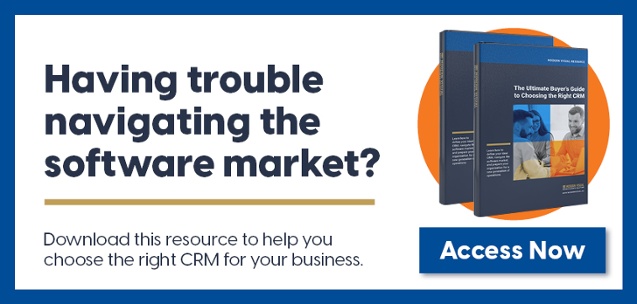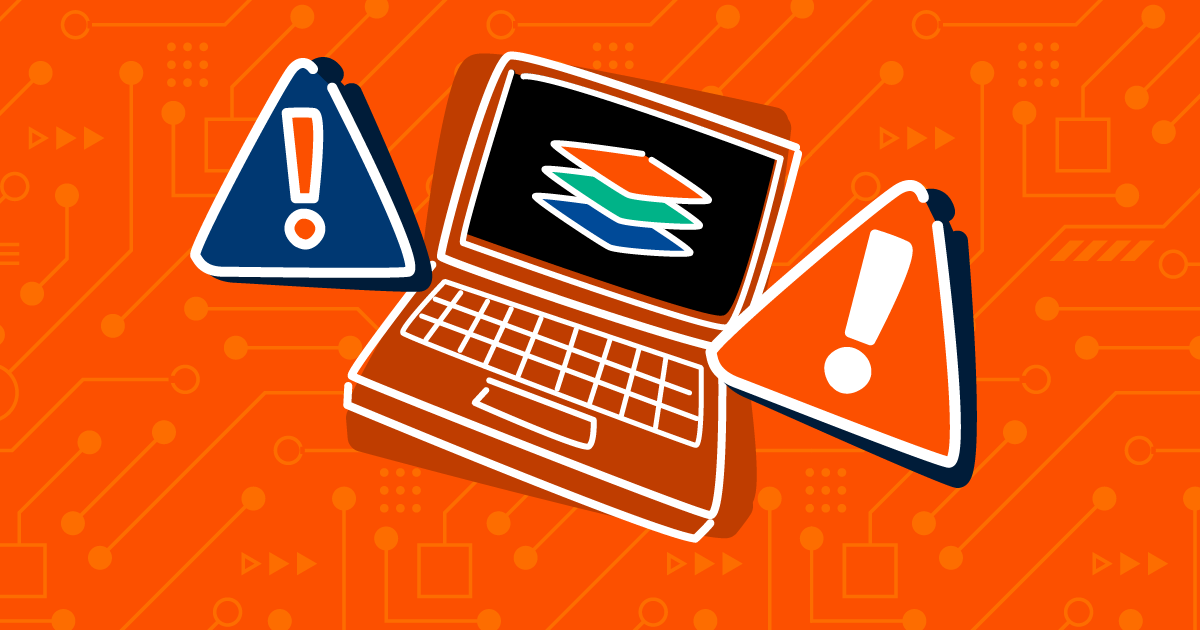
6 warning signs that your tech stack is holding you back
What is your tech stack? Your tech stack is all the software and tools you use to complete your business operations. Having efficient systems allows you to focus on important tasks, streamline your workflows and enhance your operations. Although, when your tech stack is not optimised or working to the best of its ability, it can become a hindrance on your operations. Here’s 6 ways to test if your tech is affecting your business and see if it's time for a change.
1. Poor integrations and data silos:
Using separate systems often leads to data silos. It can be challenging to sync and successfully integrate systems that don’t naturally talk to each other. Valuable information becomes isolated, inaccessible across various departments and slows down your workflow. Using no integrations or poor integrations can lead to data silos and inaccurate information.
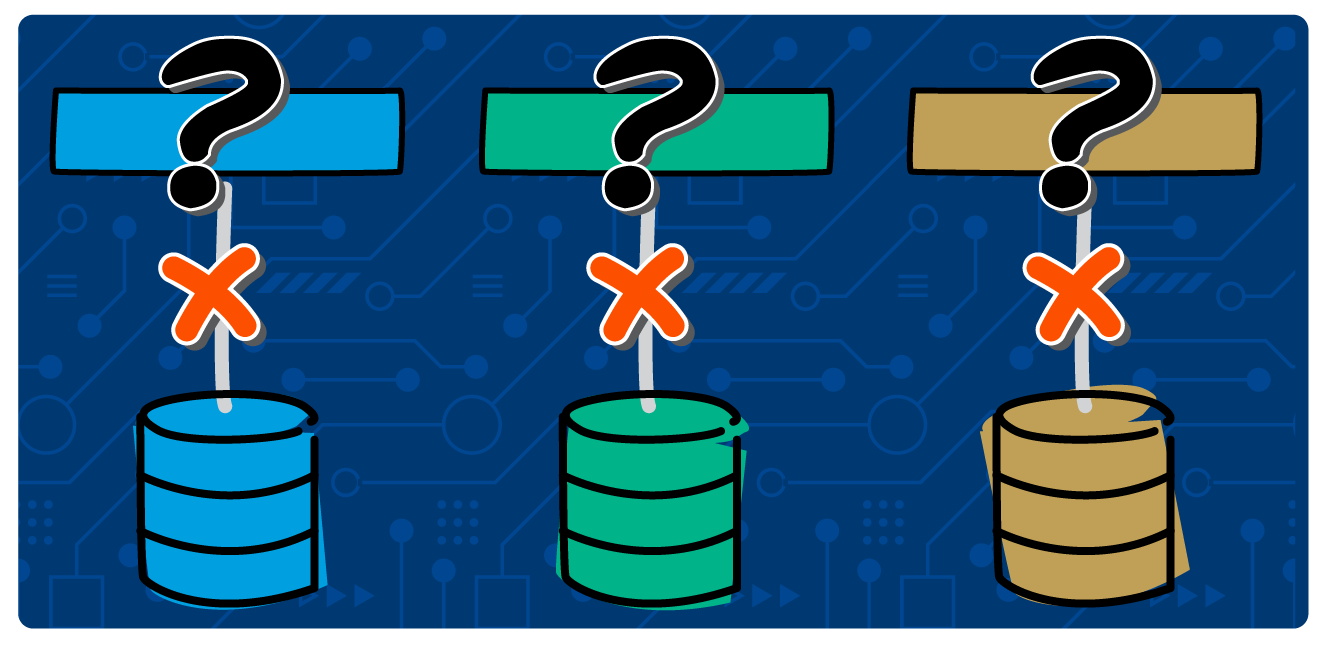
For example, sales teams may struggle to access marketing insights and reports stored in a separate platform, while customer service teams cannot easily access historical purchase data, sales conversations or view the customer’s journey.
This makes it really difficult for you to carry out basic tasks in a timely manner. You spend more time searching for answers than solving customer problems, or completing tasks and responsibilities.
Not only does this affect your daily workflow, but your customer’s experiences are greatly affected by inconsistent communications and disjointed processes.
By creating a tech stack that is well connected, you can reduce time spent using tools and have more effective methods for data retrieval.
Benefits of successful integrations and unified data:
- Gain a better understanding of your customers needs, experiences and challenges.
- See the full picture across all departments: Sales, Marketing, Service and Operations.
- Simplify your workload, minimise unnecessary tasks and reduce impractical tech.
- Have reliable, accurate data to make better decisions.
Integrations are used to connect two systems together. Syncing your data across your platforms allows you to have accurate information and make stronger business decisions. Integrations help enhance your softwares capabilities by adding new functionality - without requiring you to buy new software altogether. This means you can still use the systems you currently have whilst connecting your data sources to have better reporting and clean business insights.
2. Manual and repetitive tasks:
Wait a minute… are you repeating yourself? Automating manual tasks and streamlining your repetitive processes can help improve productivity. Saving time and reducing your workload can dramatically help improve your operations and keep you focused on more important tasks.
If your tech relies heavily on manual processes and doesn’t give you the ability to automate repetitive tasks it might be time to look for a new solution.
If you have to do the same task twice, why not automate it? Set and forget processes will free up your time and help you manage a heavier workload.
 Manual tasks Sales teams can automate: (the list goes on…)
Manual tasks Sales teams can automate: (the list goes on…)
- Sending emails
- Logging activities
- Managing deals
- Following up with leads
- Sending content to customers
- Sending invoices
- Task notification reminders
- Sales pipeline management
- Flagging tasks
- Lead nurturing
For Marketing teams:
- Campaign management
- Lead management, prioritisation and collecting lead data
- Email templates, chatbots, content scheduling
- Lead generation and nurturing
- Meeting scheduling
- Reporting
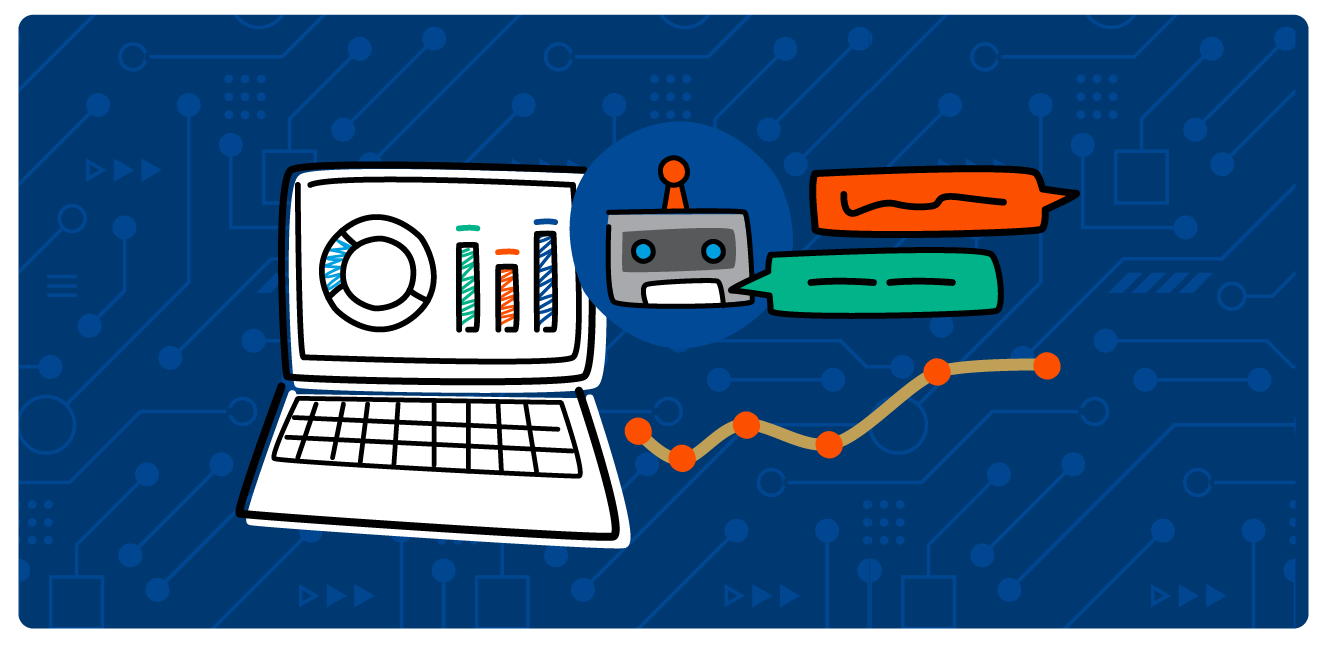
For service teams:
- Email snippets, templates or auto-response.
- Ticket prioritisation
- Self-service and chatbots
- Maintain ticket hygiene
- Notifications, follow-ups and reminders.
Tech and tools that can help you automate your processes:
Lead management: HubSpot, Salesforce, Zoho CRM
Prospect communication: MailChimp, Insider, Braze
Meeting scheduling: Calendly, Zoom, Groove
Project management: ClickUp, Asana, Monday Sales CRM
Reporting: Tableau, Google Analytics, Microsoft Power BI
Negative effects of manual processes:
⌛Decreased productivity:
Manual processes are often time consuming and labour intensive, leading to inefficiencies and reduced productivity. You will spend valuable time on repetitive tasks that could be better used for strategic activities.
🚨Increased errors and inconsistencies:
Human error is common in manual processes, which increases the likelihood of mistakes and inconsistencies in data entry, calculations and workflow execution. These errors can have many consequences, impacting decision-making, customer satisfaction and operational reliability.
If you find you're spending lots of time on manual tasks and are not able to efficiently run your operations it’s a good time to look at automating your processes.
3. Inability to scale: Does your tech have the ability to grow with you?
When your business is evolving, you need to be able to rapidly adapt to new environments, overcome challenges and take on opportunities.
Legacy systems often stunt growth, where your tools can no longer support your needs. If you’re choosing new tech to implement, have a look at your current and future needs to ensure your solution will be valuable long term.
Choosing a new solution that can grow with you or adapt to new processes ensures longevity and minimises risks for future challenges.
4. Lack of real time insights and accurate data:
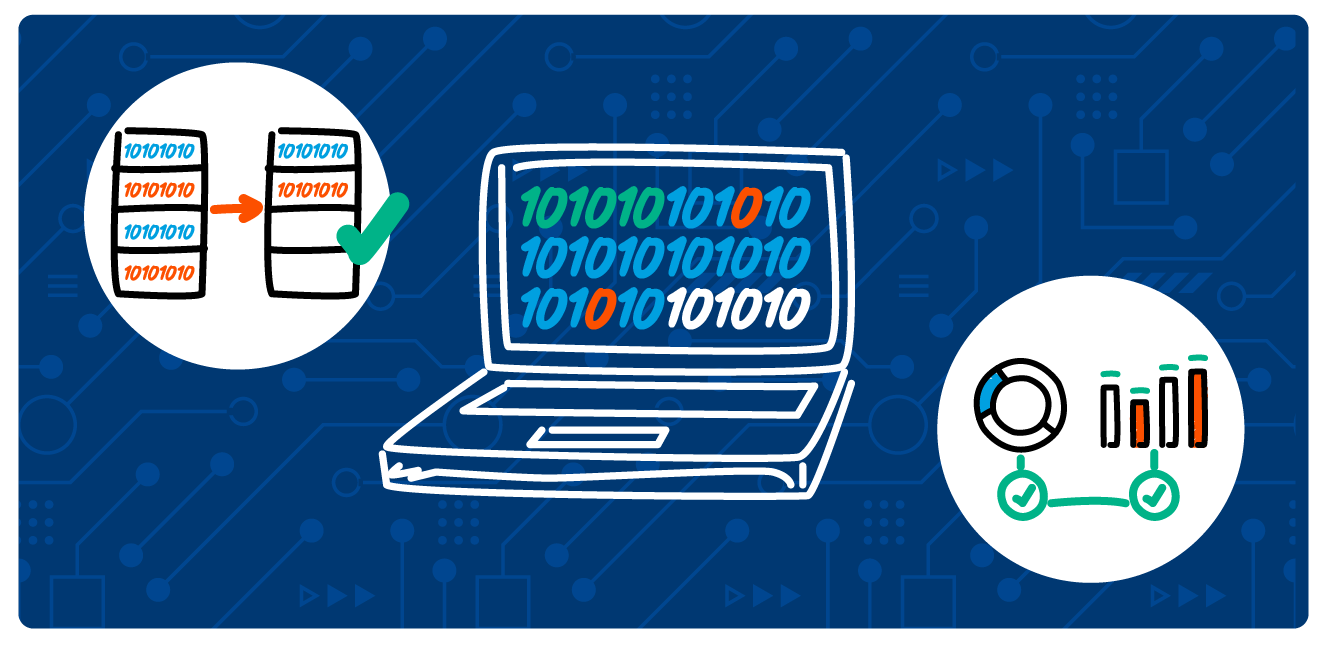 If you’re unable to access valuable insights with ease or have outdated customer data it can be really difficult to make successful decisions. By accessing real time insights you can respond to market trends, customer behaviour and internal performance metrics. This enables you to pivot strategies, seize opportunities and mitigate risks effectively. Without accurate, reliable data you risk missing opportunities and the ability to stay competitive.
If you’re unable to access valuable insights with ease or have outdated customer data it can be really difficult to make successful decisions. By accessing real time insights you can respond to market trends, customer behaviour and internal performance metrics. This enables you to pivot strategies, seize opportunities and mitigate risks effectively. Without accurate, reliable data you risk missing opportunities and the ability to stay competitive.
Improve your reporting system by reducing silos and collecting data from all sources to build a holistic view of your operations.
You can use tools to help find insights, so you don't have to go searching for them yourself.
If you want more insights from your sales pipeline, our partner Ebsta is a revenue intelligence tool that helps you mitigate risks, stay on top of tasks and improve sales forecasting.
3 ways to check the accuracy of your data:
Data validation and verification: Verify your data by cross referencing, data profiling and detecting outliers or discrepancies in your dataset. You can then set validation rules to flag and correct errors automatically.
Cross referencing against external sources can help verify key data points. You can also examine industry reports or use reputable websites if needed.
Data sampling: You can select a sample of your dataset and manually verify the accuracy of the sampled data. You can then compare the sampled data against known sources or benchmarks to validate if it's correct. By examining a subset of the data, you can identify potential errors or discrepancies that may exist in the larger dataset without having to check the entire database.
Data quality metrics: Metrics such as data completeness, consistency, timeliness, validity and integrity can help evaluate the overall quality of your dataset. Assessing the relevance and trustworthiness of your data will help you have stronger data analysis.
Your tools and software should be able to give you real time insights and help you maintain accurate data assets. If you find it difficult to have consistency in your reporting and data analysis it might be time to look into a new software solution or assess your processes for collecting data.
5. User adoption and team morale
This warning sign might seem a little obvious, but If you don’t like the software you’re using and your team is often frustrated by using the tools, why not change them?
User adoption and your team's morale is so important for creating a healthy and enjoyable work environment. Your tech stack should help your people and processes to complete tasks and reduce friction points.
When you consider moving to a new software platform, ensure to include your employees into the discussion. Gather a list of their challenges, pain points and their needs to help you find a better suited solution and improve user adoption.
If you’re looking for a new CRM but are not sure which software is right for your team, download our CRM guide and assess what features and tools will be best suited to your business.
6. Efficiency costs vs technology gain
Inefficiency costs companies anywhere from 20% to 30% of their revenue every year, according to research firm IDC.
Inefficient processes lead to increased costs as you have to spend more than necessary to achieve the same outcomes. Wasted resources of employees time, labour and tools all impact profitability and can reduce your competitive advantage.
When your processes cause delays in product development, service delivery or even decision making, it ultimately results in lost revenue and market share.
Embracing technology can turn the tide
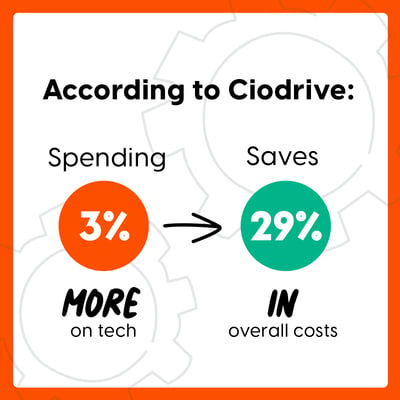 According to Ciodrive: Spending 3% more on tech saves 29% in overall costs.
According to Ciodrive: Spending 3% more on tech saves 29% in overall costs.
By implementing streamlined workflows and automation tools, you can mitigate inefficiencies and optimise resource allocation.
For example, investing in a project management software can streamline communication and task management, reducing time spent on coordination and administrative tasks. You can then integrate this with your CRM and automation software to reduce manual tasks and improve visibility across your platforms.
If you find a lot of your time is spent on manual tasks, managing operations and updating systems, it’s likely that your overall revenue and profitability is being affected. Investing in technology may seem costly at the beginning, however over time you will find it outweighs the cost of inefficiency.
Don't stop now. Keep learning
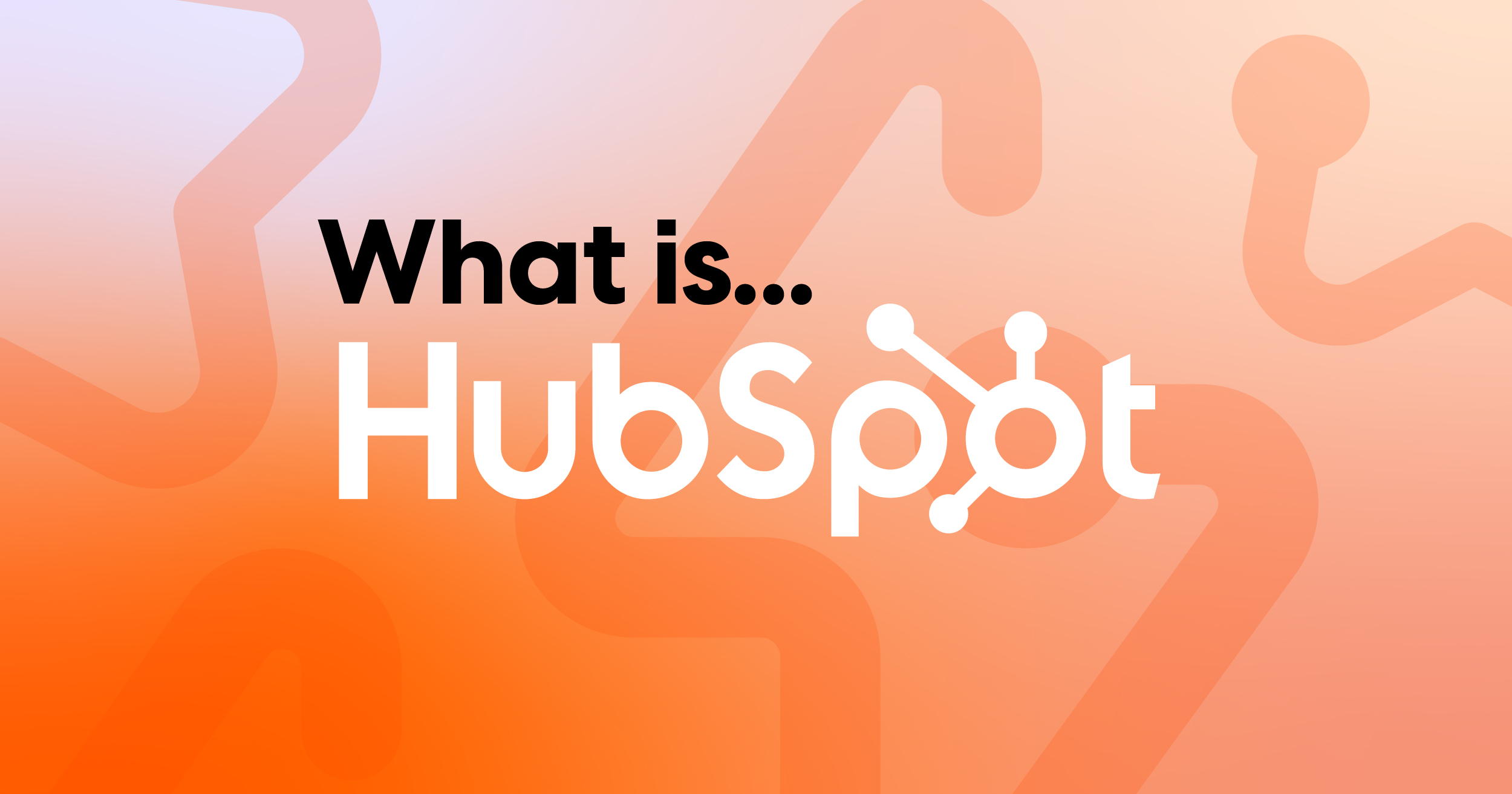 What is HubSpot? A Complete Guide for Enterprise Businesses
If you’ve ever felt like your marketing, sales and service tools are scattered across too many...
What is HubSpot? A Complete Guide for Enterprise Businesses
If you’ve ever felt like your marketing, sales and service tools are scattered across too many...
 How to clean data in Excel before Switching CRMs
Excel can be a powerful tool for cleaning data before migrating to a CRM system. Many businesses...
How to clean data in Excel before Switching CRMs
Excel can be a powerful tool for cleaning data before migrating to a CRM system. Many businesses...
 WordPress vs Content Hub (HubSpot)
How to pick the right platform for your business: Both WordPress and Content Hub are powerful...
WordPress vs Content Hub (HubSpot)
How to pick the right platform for your business: Both WordPress and Content Hub are powerful...



